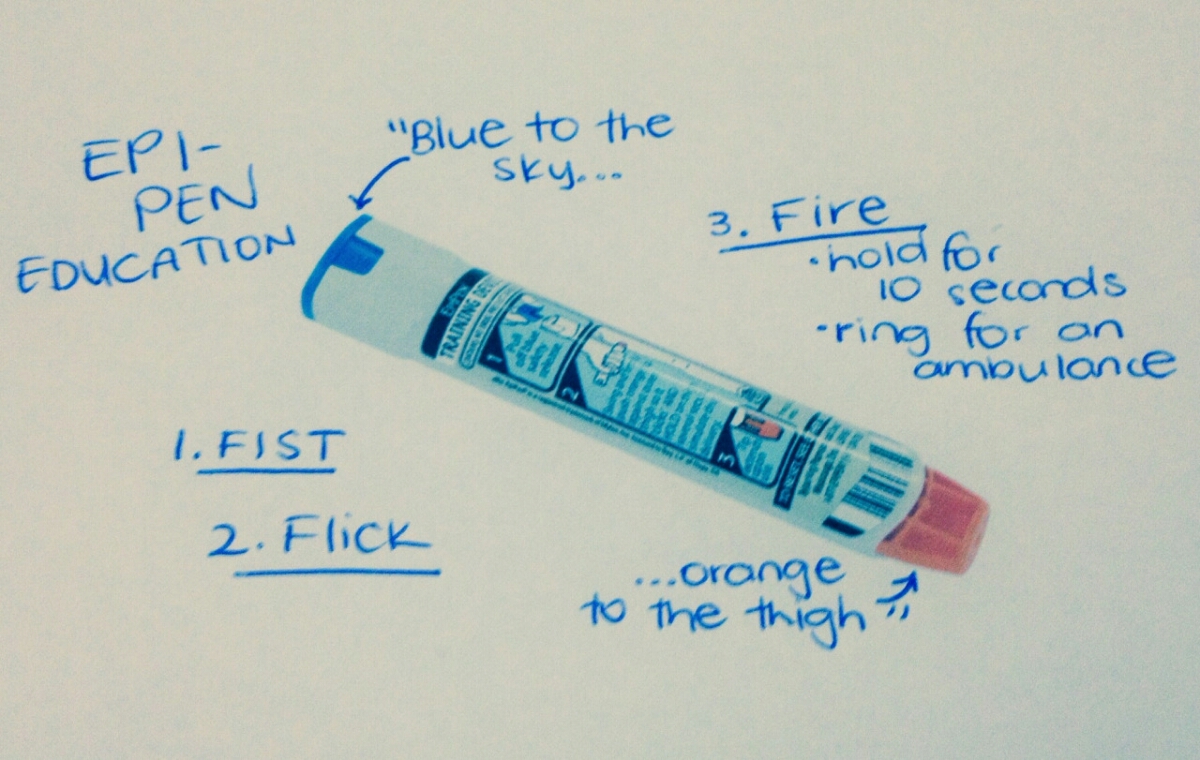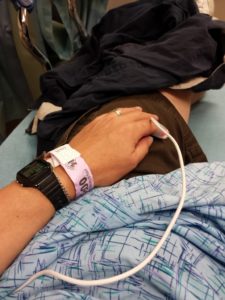Well, I dropped out of the 30-day blogging challenge after 20 days. Ironically, I think part of the problem was that I tried to get ahead. Most days I would write a post in the evening, either just after the kid went to bed or just before I did. On day 20, I posted at lunch. That broke my routine, and I forgot to post the next evening.
So…
I finished a few posts I’ve been working on for a while, so that worked out. There were several things I noticed that turned into what I hope made interesting commentary. That’s two wins. But then there were the days of filler, too. It’s not like I need to keep “I hate the 405” on its own page, after all. (Besides, that’s a given.)
Things I Learned
I really don’t like writing about current events or politics these days. On Friday the 13th, I couldn’t think of anything else to write about, but couldn’t start. I ended up reading Tumblr for some idea to jump off of, and found the Epi-Pen infographic. Then I went a whole week deliberately not writing about Paris, Beirut, or refugees.
If I wanted to keep the volume up without regard to focus, I think up plenty of ideas during the course of a day. I just have to (1) write down the topic so I remember and (2) find the time/inclination/brainpower to do the writing.
I wrote more about my kid than I expected. Probably more than I’ve written publicly in quite a while. This isn’t a parenting blog by a long shot, but in addition to costuming and art, I used several family conversations as jumping off points.
When I obsessively listen to a show for a week, I come up with lots of things I’d like to write about it. I followed Chess with a Les Misérables binge, and now I’ve got about five Les Mis-related topics on my list.
If you can’t think of anything to write about, ask your spouse for a topic.
I’m actually more comfortable sitting on the couch and writing on my tablet than firing up my computer and sitting at my desk. That surprised me, but the Galaxy Tab S2 is sooooo much faster than the Nexus 7 it’s ridiculous. And hey, couch!
Tally
6 Random observations.
4 Amusing photos that fit within one of the site’s long-running categories.
3 Articles I’ve been working on for a while and finally got around to finishing.
3 Follow-ups to older posts or series.
2 Reaction pieces.
1 Interesting photo that I cross-posted from Instagram/Flickr to satisfy the goal.
1 Total filler that I would delete if it weren’t for keeping a record of how far I got in the challenge.
List
- Mixed Emotions/Halloween/Comikaze
- Fruit Basket Case
- So Much for SudaSudafed
- I “Liked” Twitter Favorites
- Phone vs. Camera
- WiFi is the New Color TV
- Gloom ahead, blue sky behind
- So that’s where Vaporware comes from!
- Aaaargh!
- Genre TV Update
- Chess (Musical)
- Les Mis/Chess: Cosette vs. Florence (and Eponine)
- Epi-Pen How-To
- Symbolic Costuming: Stage vs. Screen
- Coin Slot For Your Cell Phone
- AAAAAARP!
- Panorama Fail: Chalk Edition
- Is the ransom note look obsolete?
- Too Many Notifications
- Oddly Specific Advertising

